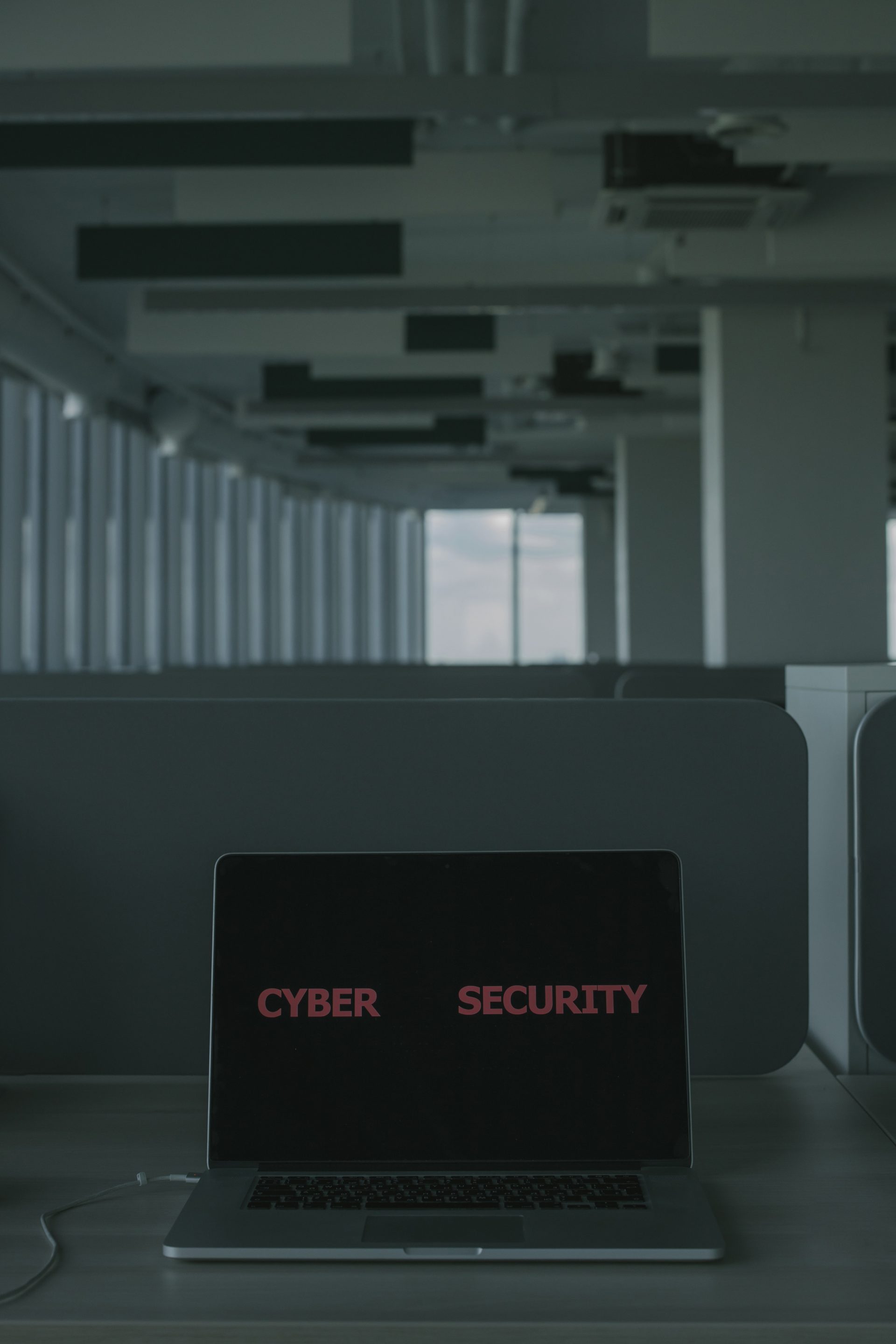
Secure by design: The role of 5G in defining long-term cybersecurity strategy
When it comes to the meteoric potential of 5G, we’re well past the phase of conjecture, speculation, and prediction. 5G is well and truly here, bringing with it a wealth of opportunity for brands across the world – and we’re already seeing its power in action as more cities and businesses embrace its inexorable rise.
Yet, as with any technological innovation or evolution, inevitable questions will arise concerning its ability to safeguard against cybercrime.
Here, we look at the role 5G will play in shaping new security strategies, the steps CISOs can take to future-proof the security of their business, and what the new hybrid WFH/office model will mean for 5G security design.
Long-term strategy, with security front and center
When it comes to business strategy, cybersecurity has often played second fiddle to other core aspects. Say, for example, an organization is looking to break into another market within a certain time frame, the general attitude will be to establish a strategy that gets them there as quickly as possible, with optimization and security concerns left for a later date. Too often, security is bolted on last minute, as and when problems arise, which just isn’t a long-term sustainable approach.
What CISOs must consider is the arrival of 5G brings with it not just immense opportunity, but an entirely new attack surface for cybercriminals to exploit. It means that – for any new strategy, innovation, or product update – 5G must sit at the very core. Strategy should be secure by design, and built around 5G, not the other way around.
What’s more, this isn’t an issue that can be addressed with minor tweaks and alteration. True, we should use the foundations of 4G standards – and apply the lessons with learned operating within these environments – but it’s critical that companies completely redefine their security strategies with 5G front and center.
Source: IT Pro Portal